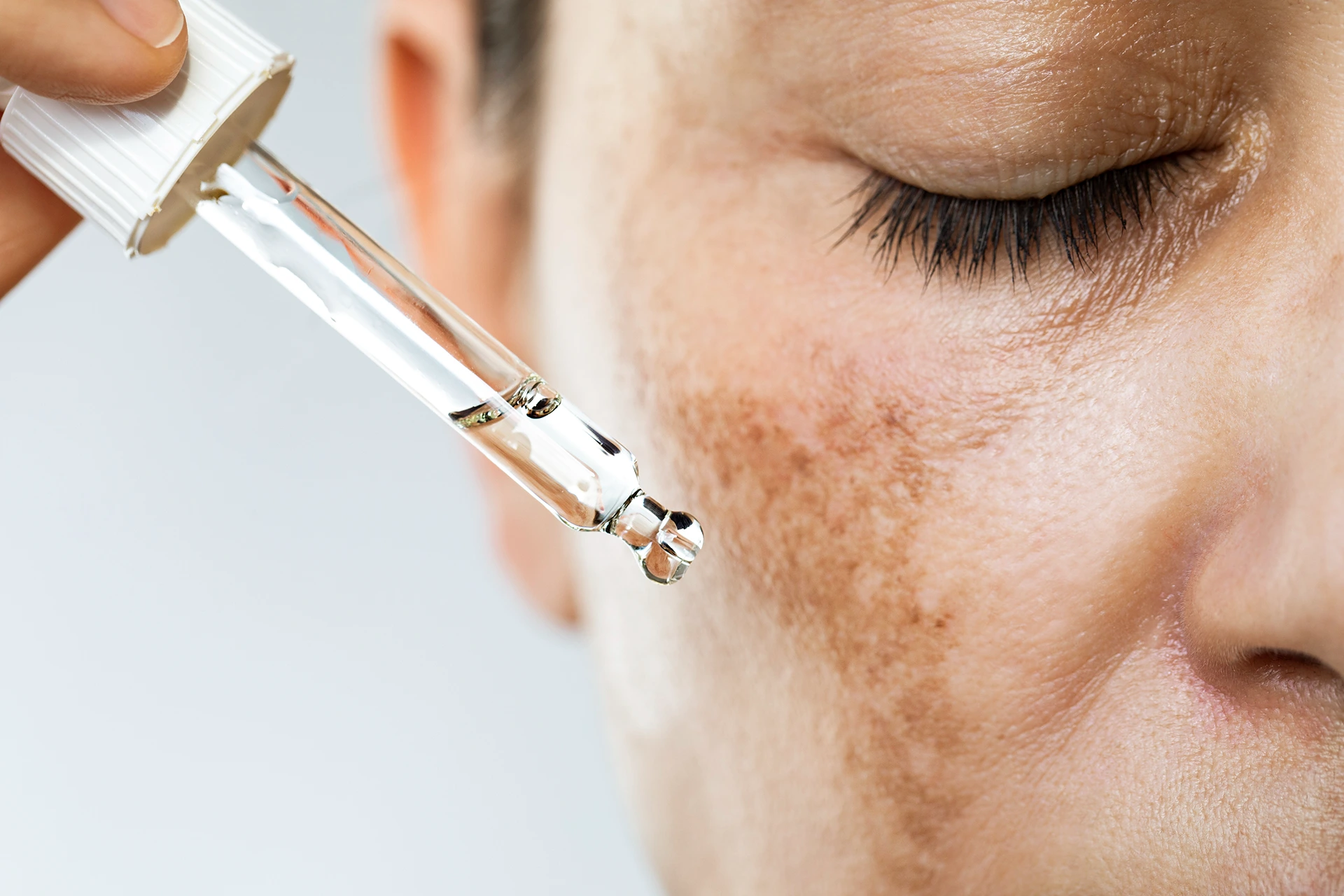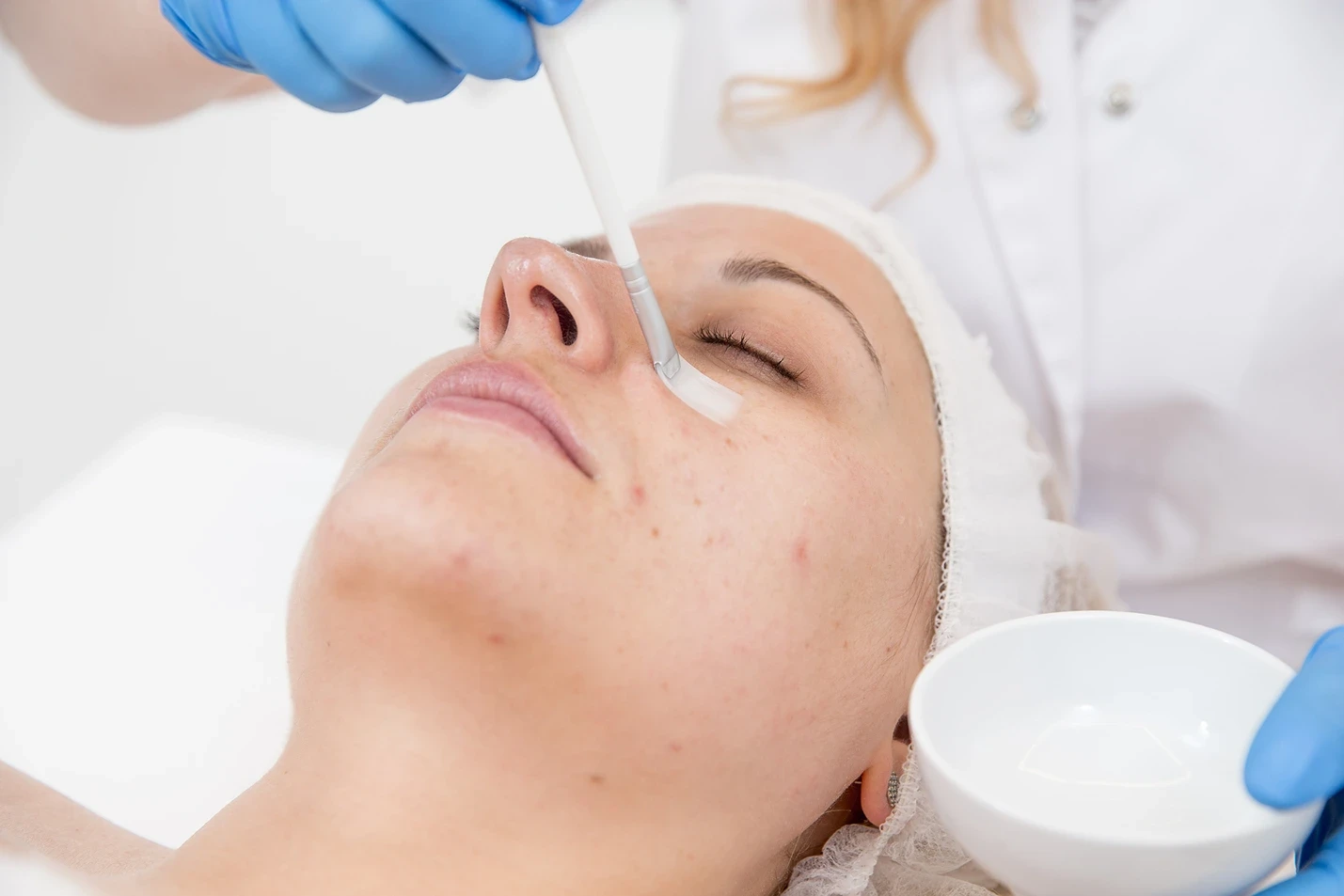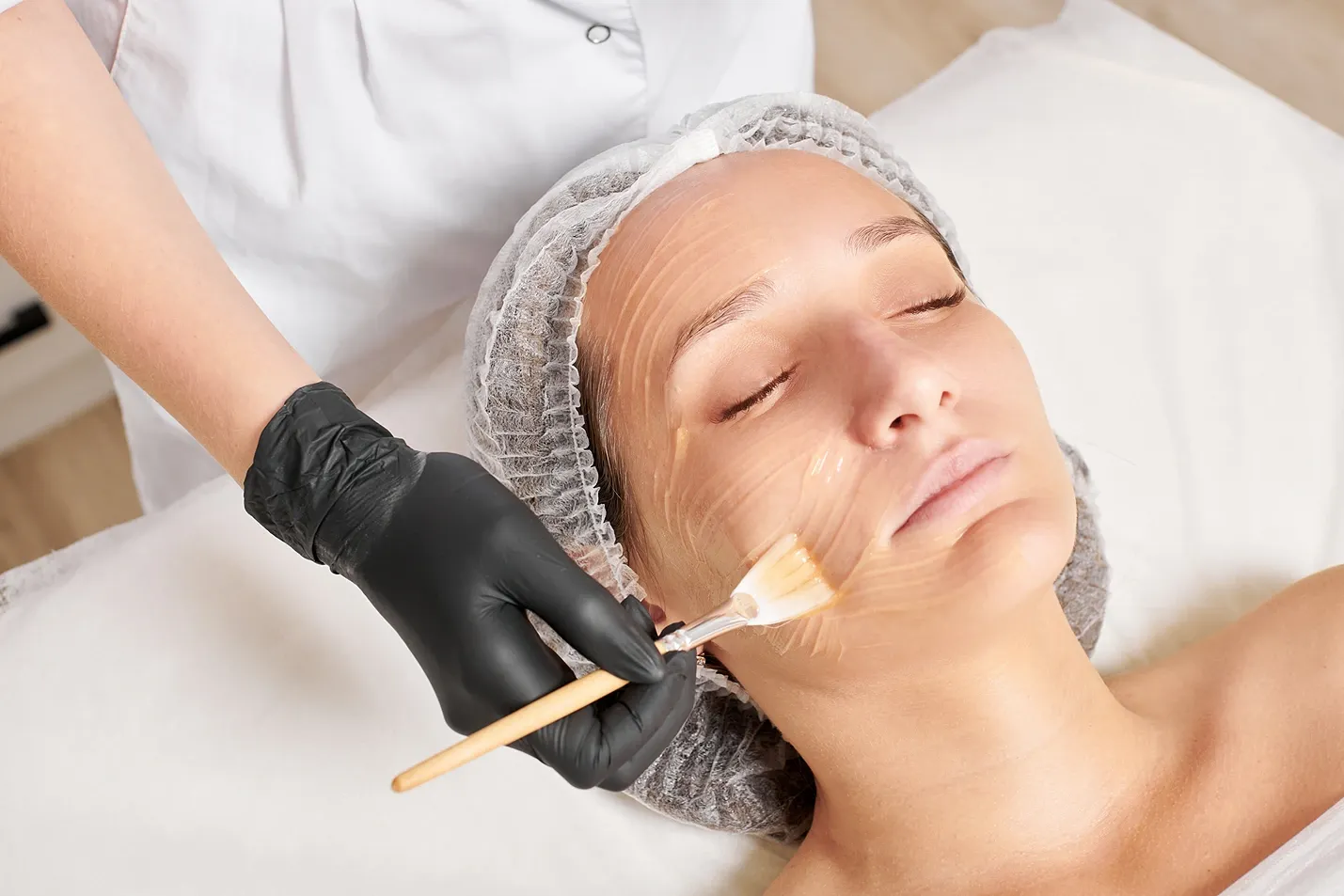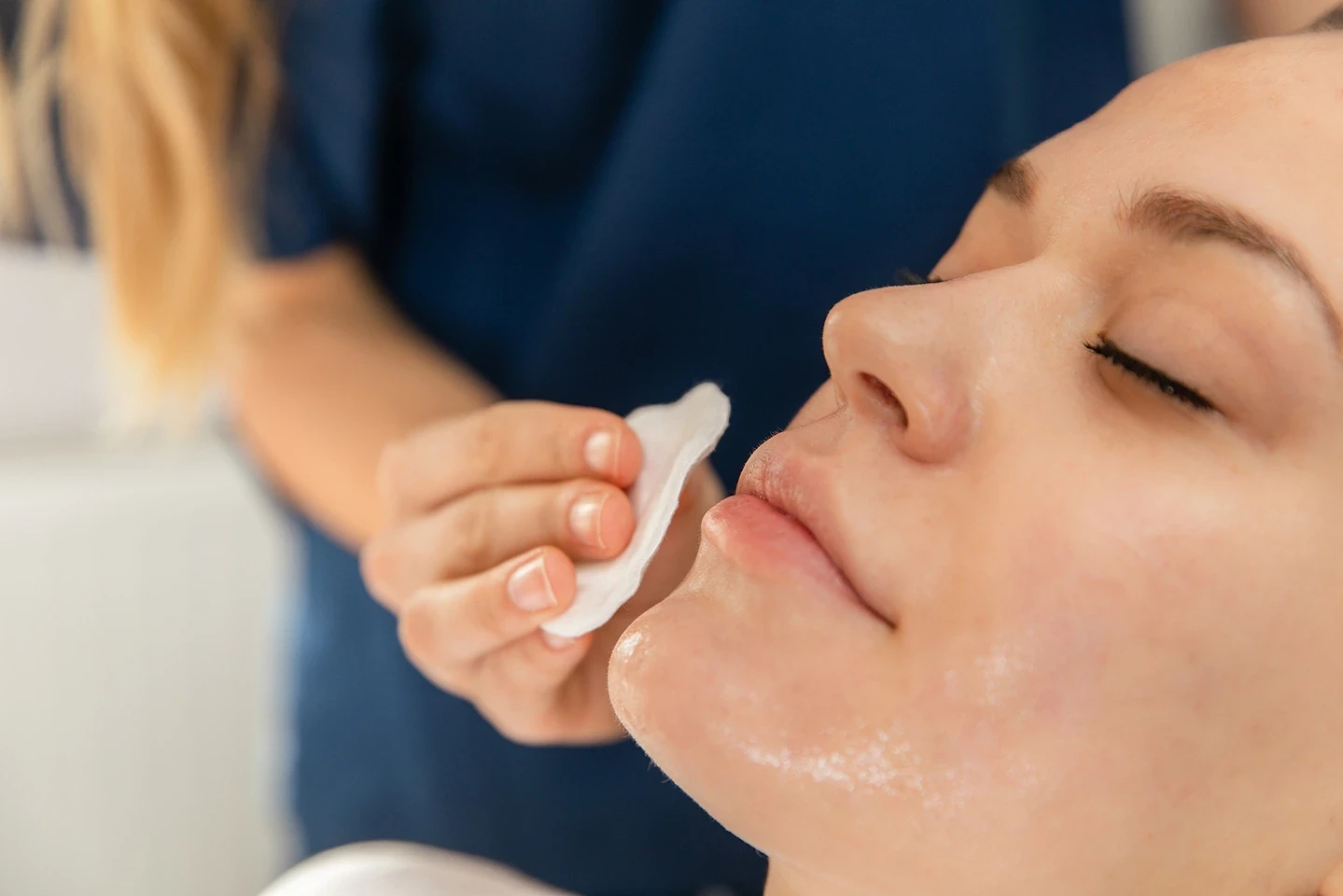How glycolic acid, salicylic acid, and TCA peels can help you banish stubborn pigmentation

Glycolic acid, salicylic acid, and TCA peels are among the best options for treating dark spots, with strengths ranging from light to deep depending on the severity of the pigmentation.
Are you tired of dealing with stubborn dark spots that just won’t seem to fade? Chemical peels offer an effective solution for achieving a more even, radiant complexion.
What Causes Dark Spots and How Do Chemical Peels Help?
First, let’s talk about what causes those pesky dark spots. Some common culprits include sun damage, aging, inflammation, and hormonal changes. These factors can trigger your skin to overproduce melanin, resulting in hyperpigmentation and uneven skin tone.
That’s where chemical peels come in. These treatments work by exfoliating the top layers of your skin, removing dead skin cells and promoting cell turnover. As the darkened skin sheds, it reveals brighter, more even-toned skin underneath.
Chemical peels offer several advantages over other dark spot treatments. They tend to provide more uniform results across the treated area, rather than targeting individual spots. Plus, they involve minimal downtime, so you can get back to your daily routine quickly.
So, what ingredients should you look for in a chemical peel for dark spots? Some of the most effective options include glycolic acid, salicylic acid, lactic acid, and trichloroacetic acid (TCA). These powerful exfoliants work to break down pigmented cells and encourage skin renewal.
Choosing the Right Chemical Peel Strength for Your Dark Spots
Now that you know the basics, let’s talk about choosing the right chemical peel strength for your needs. Peels are categorized by their depth of penetration: light, medium, or deep.
For mild dark spots or maintenance treatments, a light peel using glycolic or lactic acid is a great choice. These gentler acids work on the surface layer of your skin to subtly brighten and even out skin tone.
If you have moderate dark spots, a medium-strength peel may be more suitable. Look for options containing higher concentrations of glycolic or salicylic acid, or a low-strength TCA peel. These work on the upper layers of your dermis for more noticeable spot fading.
For severe dark spots, a deep chemical peel using phenol can provide dramatic results.
However, keep in mind that these peels involve significant downtime and recovery. It’s crucial to have deep peels performed by an experienced professional to minimize risks.
What to Expect During and After Your Chemical Peel for Dark Spots
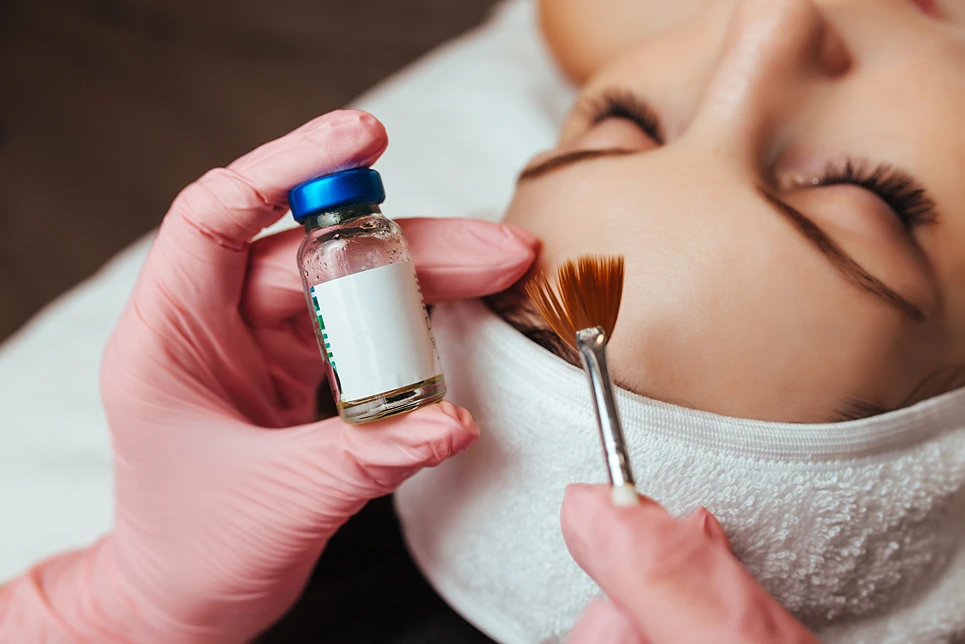
So, what actually happens during a chemical peel treatment?
First, your skin will be prepped and thoroughly cleansed to remove any makeup, oil, or debris. Then, the chosen chemical solution is carefully applied to your skin and allowed to work its magic for a specific amount of time.
Finally, the peel is neutralized and removed, and your skin is treated with soothing, hydrating products.
After your chemical peel, it’s normal to experience some redness, flaking, and dryness as your skin heals. The amount of downtime will depend on the strength of your peel:
- Light peels: You may have some mild flaking and sensitivity for a few days, but minimal downtime overall.
- Medium peels: Expect moderate peeling and redness for several days to a week as your skin regenerates.
- Deep peels: Significant peeling, redness, and swelling can last 7-14 days, and your skin may take several months to completely heal.
Most people begin to see dark spot fading results after a series of chemical peel treatments, spaced a few weeks apart. Be patient with the process, as it takes time for your skin to shed the pigmented cells and rebuild healthy, even-toned skin.
Tips for Maintaining Results After a Chemical Peel for Dark Spots
Congrats, you’ve taken a big step towards a more even, radiant complexion!
To maintain your results long-term, there are a few key things to keep in mind:
| DO | DON’T |
| Wear SPF 30+ daily, even when indoors | Skip sun protection – this can lead to more spots! |
| Use gentle skincare products for sensitive, post-peel skin | Exfoliate aggressively or use harsh ingredients |
| Look for brightening ingredients like vitamin C and niacinamide | Pick or peel flaking skin – let it shed naturally |
| Prioritize a healthy lifestyle with good sleep and stress management | Smoke or indulge in too much alcohol/sugar |
Incorporating professional chemical peels into your skincare routine every 4-8 weeks can help you maintain your hard-earned results.
Potential Risks and Side Effects of Chemical Peels for Dark Spots

As with any skincare treatment, there are some potential risks to be aware of. Common side effects of chemical peels include:
- Redness
- Peeling and flaking
- Dryness
- Skin sensitivity
More serious complications like scarring or changes in skin pigmentation are rare, but can occur if the peel is too strong for your skin or not administered properly.
To minimize your risk of side effects, always have your chemical peel performed by a licensed, experienced skincare professional. Be sure to disclose any health conditions, allergies, or medications you take that could impact your results.
It’s also crucial to carefully follow all of your provider’s pre and post-treatment instructions. Avoid chemical peels if you have active skin infections, certain autoimmune conditions, or have used Accutane in the past 6-12 months.
If you’re pregnant or breastfeeding, it’s best to wait on getting a chemical peel to avoid any unintended effects.

